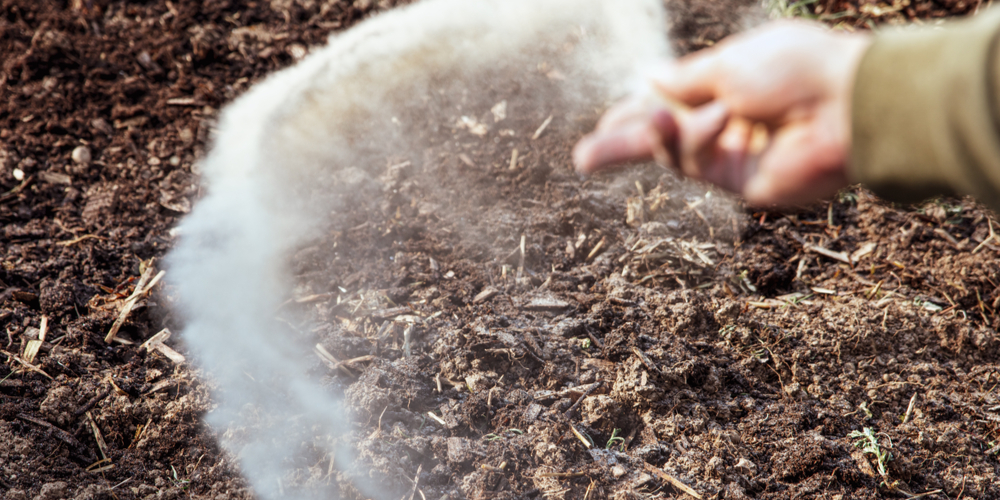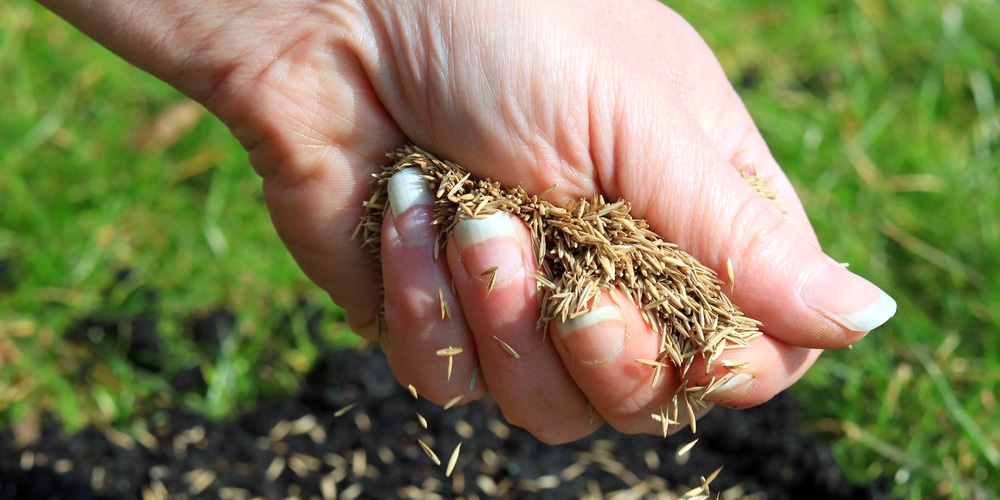It can be disheartening when you have planted grass seed and waited for weeks to see no growth. While it is normal for some seeds to take longer than three weeks to sprout, in many cases, there may be a problem with the planting process or the type of seed used. Grass seeds generally germinate after one to two weeks, depending on moisture levels, temperature, and sunshine. This article will examine why grass seeds may not have germinated after 3 weeks.
Grass Seed Not Growing After 3 Weeks
Here are some common causes of grass not growing after 3 weeks and potential solutions to the problem.
Poor Soil Preparation
Before planting grass seed, it is crucial to prepare the soil by tilling and removing weeds. If the ground is not properly prepared, the grass seed will not grow because it does not have enough access to nutrients or sunlight.
To fix this issue, you should take extra time to remove weeds and cultivate the soil before planting. You can also improve the soil’s nutrients and pH range by adding some aged compost or manure to your soil.
Wrong Grass Seed
Different grass seeds will require different amounts of water, sunlight, and nutrients to grow properly. If you are using a grass seed unsuitable for your climate or soil type, it may be difficult for it to germinate.
Before planting, it is a good idea to research the type of grass seed that will best suit your area and make sure that you choose one specifically for your region.
Cool vs. warm season grass
Grass seeds are either classified as cool-season or warm-season varieties.
Cool-season grasses should be planted in the late summer or fall and will germinate and grow throughout the fall and winter. It’s vital to plant cool-season grass while the weather is still warm, as the grass needs time to establish itself before the cold weather sets in.
Once established a cool-season lawn will be cold-hardy, and grow well in the cooler seasons. Many varieties will go dormant and look brown in the summer months, especially in hotter climates.
- Examples of cool-season grasses include Kentucky bluegrass, perennial ryegrass, fine fescue, and tall fescue.
- Cool-season grass can be grown in USDA zones 2 to 7
- Grows well in Northern states and Canada
- Can be planted in the spring or fall
- Grow well in soil with a temperature of 55 to 65 degrees Fahrenheit
Warm-season grasses should be planted in the early spring so that they can become established before the hot summer. These grass varieties grow well throughout the summer as they are heat and drought-resistant.
- Examples of warm-season grasses include Bahiagrass and Bermudagrass
- Warm-season grass grows well in USDA zones 7 to 11
- Grows well in southern states and transitional zones
- Can be planted in the spring
Over or underwatering
Too much water can be as damaging as too little water when it comes to growing grass from seed. If you have been watering your grass seed too often or for too long, the seeds may have become waterlogged and unable to sprout. If this is the case, you should wait a few days before resuming your regular watering schedule to allow the soil to dry out.
Underwatering can also be a problem. After planting grass seeds, it’s essential to keep the soil moist to help with germination. If the weather has recently been scorching, you’ll need to provide the area with extra water.
Conclusion
These are just a few of the common causes of grass seed not growing after 3 weeks. If you have followed the proper steps for planting grass seeds and are still experiencing problems, it may be a good idea to consult a professional landscaper to help you determine the source of the issue.
With proper preparation and maintenance, your grass seed should be able to grow quickly and provide a lush lawn in no time!

